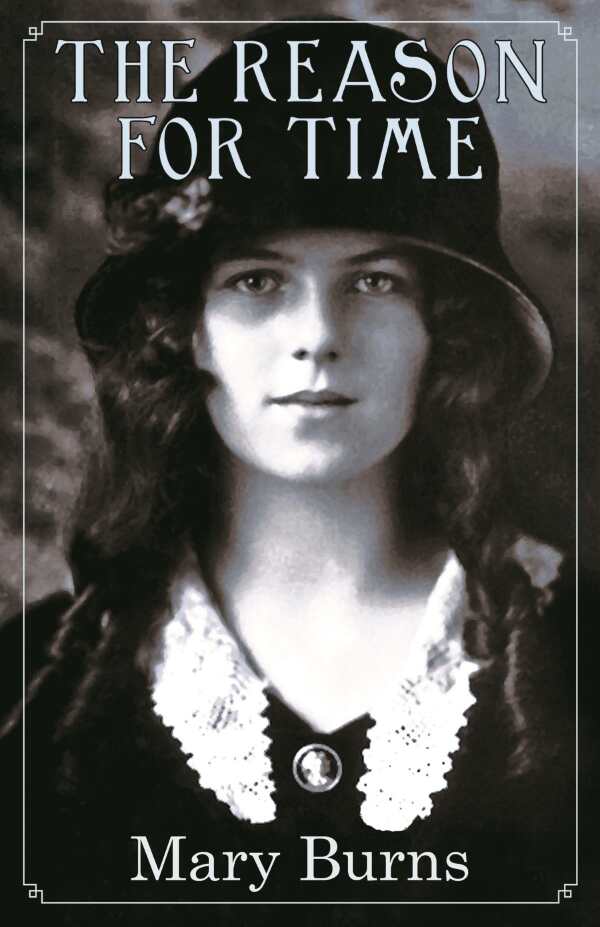It looks like you've stumbled upon a page meant to be read by our code instead of viewed directly. You're probably looking for this page.
The Reason for Time
- 2016 INDIES Finalist
- Finalist, Historical (Adult Fiction)
This engaging work presents a realistic glimpse of the early twentieth century.
Mary Burns’s new novel, The Reason for Time, focuses on a young Irish immigrant in early twentieth century Chicago whose world is rocked when a blimp crashes into a bank building—a startling premise that begins an engaging work of historical fiction.
Maeve Curragh’s humble aspirations are indicative of the American dream for women in the early twentieth century: find a good man and settle down. She thinks she’s found this opportunity in Desmond Malloy, a handsome and self-assured streetcar conductor from the Auld Sod with the gift of gab. Over the course of ten days in July 1919, she falls deeper and deeper under his spell, wavering as temptations lead her to several questionable choices.
The author uses the appropriate method of introducing important issues that affect her characters’ thoughts and actions: newsboys hawking their merchandise, shouting out teasers for the top stories, years before the availability of any sort of broadcast news.
Burns exposes an uncomfortable sense of claustrophobia in terms of both time (the ten days) and space (the crowded conditions of the tenements as well as the streets and transportation). The stifling summer heat does nothing to alleviate numerous tensions, including the aftermath of the blimp disaster. It’s just the first of several actual events—centered around child abduction, labor unrest, and racial strife—that occurred as African American families migrated from the South in large numbers following the end of World War I, competing for jobs and housing.
Another recurring theme is the social and economic limits facing Maeve and her contemporaries. The heroine frequently complains about the confinements of the sartorial options available to her, the by-products of her gender and budget, exacerbated by the oppressive weather, giving an impression of even less control over her environment (and an extension of the claustrophobia trope). All this seems to conspire against Maeve as she seeks to find her place.
As a journalist, Burns’s research skills go a long way in presenting a realistic glimpse of the epoch. The dialogue is written in the vernacular (and political incorrectness) of the era—shocking now, but authentic to the times. Though some outcomes have a soap-opera quality, The Reason for Time contains enough engrossing twists and turns to keep it interesting.
Reviewed by
Ron Kaplan
Disclosure: This article is not an endorsement, but a review. The publisher of this book provided free copies of the book to have their book reviewed by a professional reviewer. No fee was paid by the publisher for this review. Foreword Reviews only recommends books that we love. Foreword Magazine, Inc. is disclosing this in accordance with the Federal Trade Commission’s 16 CFR, Part 255.
